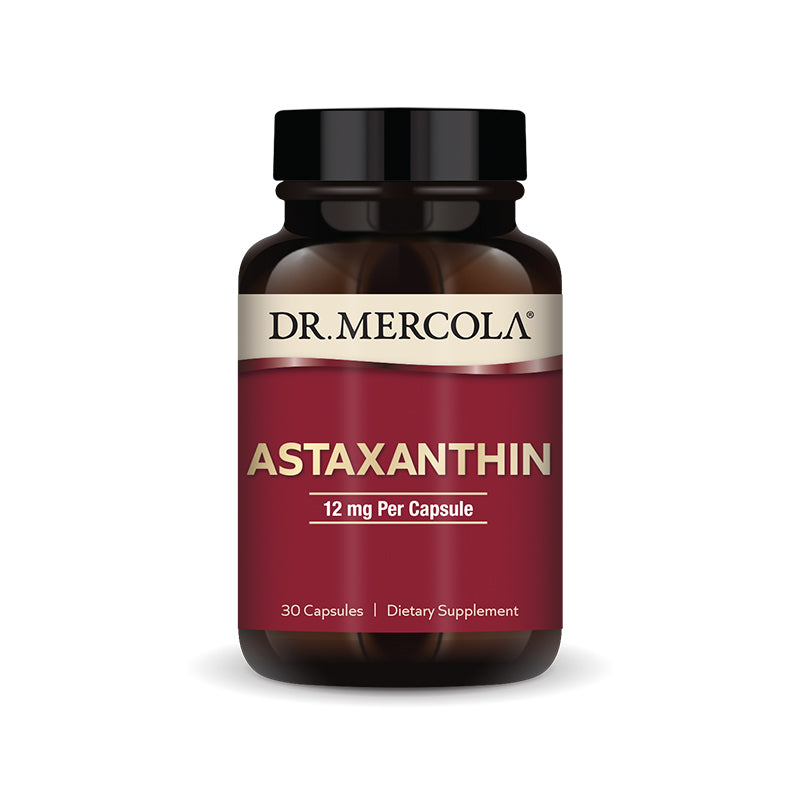Cart
0
Ronald Grisanti D.C., D.A.B.C.O., D.A.C.B.N., MS Walnuts have been shown to improve memory, cognition and neuronal effects related to oxidative stress (OS) and inflammation (INF) in animals and human trials. Walnut looks like the brain, has a left and right hemisphere, upper cerebrums and lower cerebellums. The folds and wrinkles of a walnut resembles to human organ: the brain. The shape of the nut even approximates the body part, looking like it has left and right hemispheres. And it’s no surprise walnuts are nicknamed “brain food”—they have a very high content of omega-3 fatty acids, which help support brain function.” The wrinkles and folds mimic the neo-cortex. Walnuts develop over three dozen neuron-transmitters for brain function. They may also help head off dementia. Recent study found that walnut extract broke down the protein-based plaques associated with Alzheimer’s disease. They found walnuts reversed some signs of brain aging in rats. Walnuts also appear to enhance signaling within the brain and encourage new messaging links between brain cells. Fibrillar amyloid beta-protein (Abeta) is the principal component of amyloid plaques in the brains of patients with Alzheimer’s disease. Scientific studies suggest that walnuts may reduce the risk or delay the onset of Alzheimer’s disease by maintaining Abeta in the soluble form. Basically, walnuts had inhibited Abeta fibrillization. It is proposed that polyphenolic compounds (such as flavonoids) present in walnuts may be responsible for its anti-amyloidogenic activity. Compliments from Functional Medicine University References: Poulose SM1, Miller MG, Shukitt-Hale B.,Role of walnuts in maintaining brain health with age. J Nutr. 2014 Apr;144 Poulose SM1, Bielinski DF, Shukitt-Hale B. Walnut diet reduces accumulation of polyubiquitinated proteins and inflammation in the brain of aged rats. J Nutr Biochem. 2013 May;24(5):912-9 Chauhan N1, Wang KC, Wegiel J, Malik MN. Walnut extract inhibits the fibrillization of amyloid beta-protein, and also defibrillizes its preformed fibrils. Curr Alzheimer Res. 2004 Aug;1(3):183-8. Compliments from Functional Medicine University













